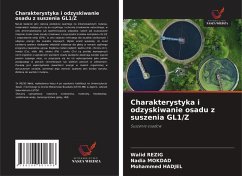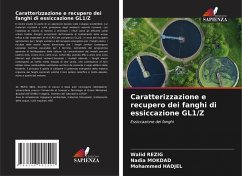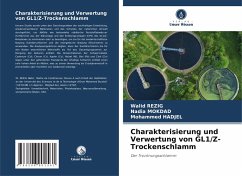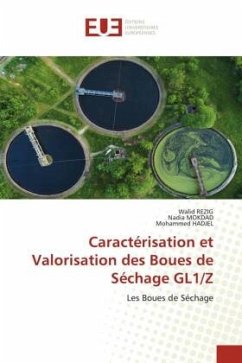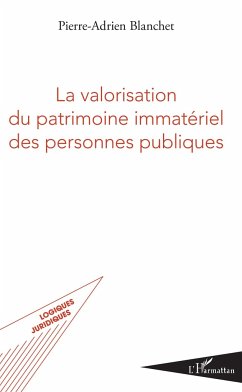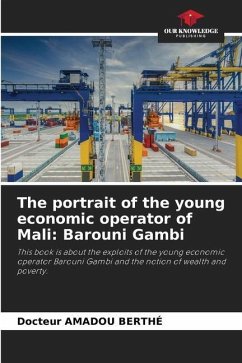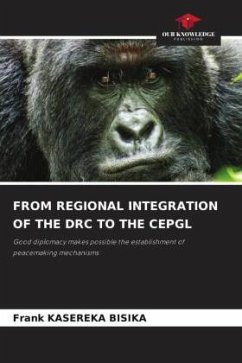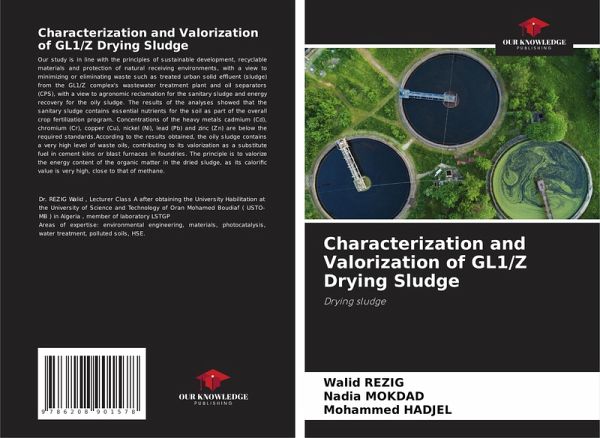
Characterization and Valorization of GL1/Z Drying Sludge
Drying sludge
Versandkostenfrei!
Versandfertig in 6-10 Tagen
45,99 €
inkl. MwSt.

PAYBACK Punkte
23 °P sammeln!
Our study is in line with the principles of sustainable development, recyclable materials and protection of natural receiving environments, with a view to minimizing or eliminating waste such as treated urban solid effluent (sludge) from the GL1/Z complex's wastewater treatment plant and oil separators (CPS), with a view to agronomic reclamation for the sanitary sludge and energy recovery for the oily sludge. The results of the analyses showed that the sanitary sludge contains essential nutrients for the soil as part of the overall crop fertilization program. Concentrations of the heavy metals...
Our study is in line with the principles of sustainable development, recyclable materials and protection of natural receiving environments, with a view to minimizing or eliminating waste such as treated urban solid effluent (sludge) from the GL1/Z complex's wastewater treatment plant and oil separators (CPS), with a view to agronomic reclamation for the sanitary sludge and energy recovery for the oily sludge. The results of the analyses showed that the sanitary sludge contains essential nutrients for the soil as part of the overall crop fertilization program. Concentrations of the heavy metals cadmium (Cd), chromium (Cr), copper (Cu), nickel (Ni), lead (Pb) and zinc (Zn) are below the required standards.According to the results obtained, the oily sludge contains a very high level of waste oils, contributing to its valorization as a substitute fuel in cement kilns or blast furnaces in foundries. The principle is to valorize the energy content of the organic matter in the dried sludge, as its calorific value is very high, close to that of methane.




